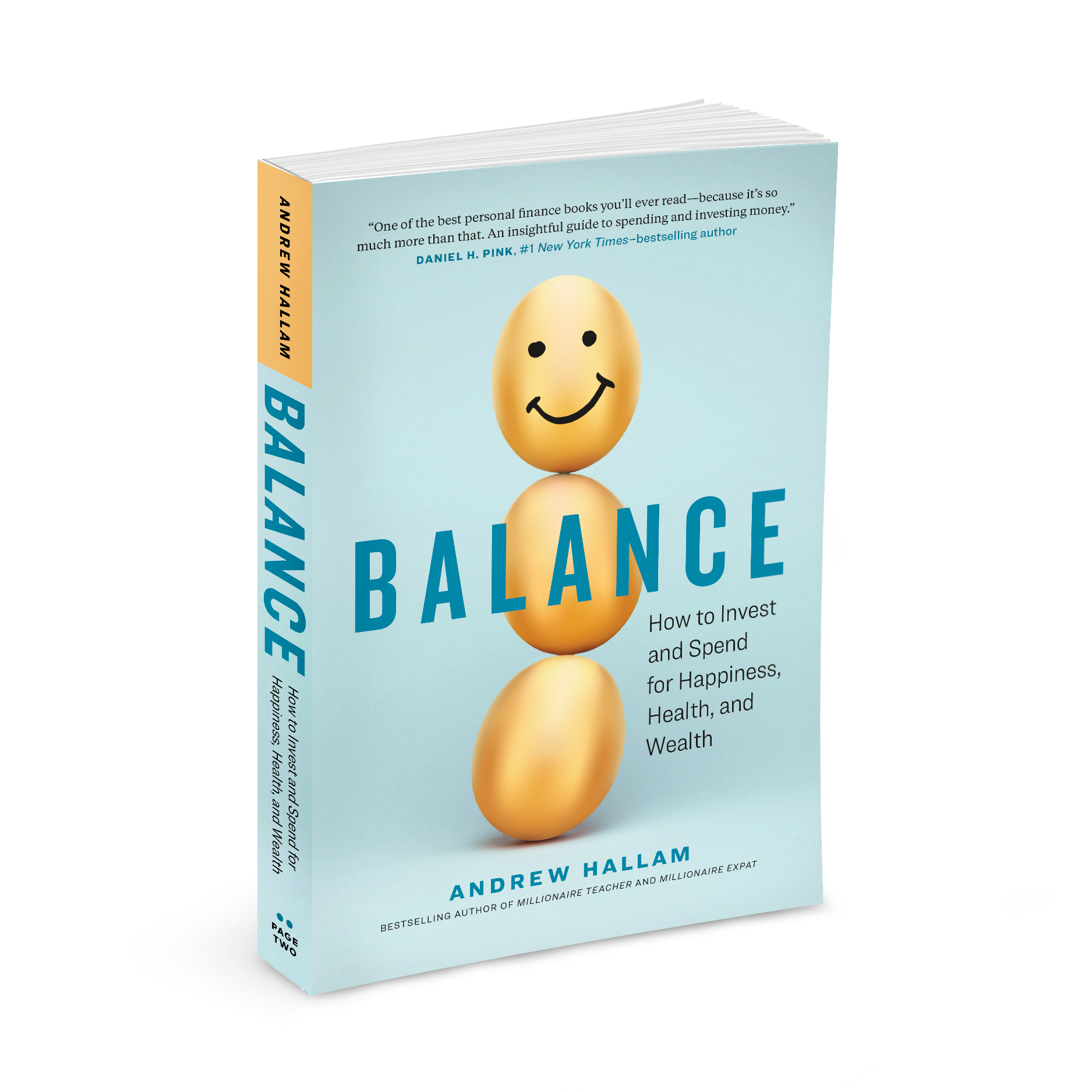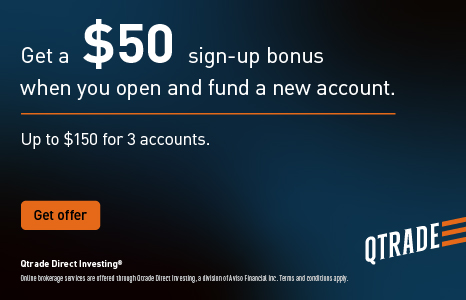Did You Receive Your Fair Share Of What The Stock And Bond Markets Dished Out?
Many of the world’s stock markets compounded money at roughly 17% a year for 18 years (from 1982 to 2000).
To put that 18 year period in perspective, if you owned the average U.S. stock in 1982 (for example) and if you reinvested your dividends, you would have grown $10,000 into $168,780.
No…that’s not a typo.
Just ten thousand dollars in the average U.S. stock, in 1982, would have been worth more than one hundred and sixty eight thousand dollars by 2000.
The Canadian and Australian stock markets performed similarly. And the British stock markets performed slightly better, with the German stock market doing better still (See Stocks For the Long Run, by Jeremy Siegel, pg.19: 2002 edition)
Of course, we know plenty of people who invested money between 1982 and 2000, but the vast majority didn’t make anything close to that.
Why not?
They paid hidden fees, and they probably moved their money around (or they paid someone to) and ultimately, their decisions hurt their returns. These are returns of the average stock. And the returns of the average stock can be captured with the purchase of a total stock market index.
How About The Past Decade?
When stock markets go through periods of exuberance, when investors make bucket loads of money for an extended period of time, the markets usually cool down for a while.
Let’s have a look at the past decade, from September 2001 to September 2011. Many people saw their investment portfolios gyrate wildly during this volatile period…the markets can be like a ride on a wild horse. But sadly, far too many people didn’t make anything on their investments over the past decade. And they should have.
For Canadians
In Canadian dollar terms, if you put $1000 in the average Canadian stock in September 2001, and if you reinvested the dividends, it would be worth roughly $2,232 by September 2011, for a 10 year overall gain of 123%. You can see the results here.
In a more stable (and more responsible account) of stocks and bonds, you would have turned $1000 into $1,619 if you earned the return of the average Canadian stock over the past decade, coupled with 40% of your money allocated to safe, government bonds. You can see the tracking results here.
How many Canadians earned those returns? Relatively few.
Why? Because many Canadians paid fees that were too high, and they (or an advisor) made bad decisions with their money.
But these were the returns that the markets dished out to Canadians who weren’t playing games with their money.
And in case you might think that I’m cherry-picking dates of reference, let’s put everything on the table.
$10,000 invested in the Canadian stock and bond markets (with low cost index funds) would be worth, today:
- $18,934 if it were invested in September of 1998 (89% overall gain)
- $16,915 if it were invested in September of 1999 (69% overall gain)
- $14,203 if it were invested in September of 2000 (42% overall gain)
- $16,663 if it were invested in September of 2002 (66% overall gain)
- $15,014 if it were invested in September of 2003 (50% overall gain)
- $13,793 if it were invested in September of 2004 (38% overall gain)
- $12,131 if it were invested in September of 2005 (21% overall gain)
- $11,459 if it were invested in September of 2006 (14% overall gain)
- $10,569 if it were invested in September of 2007 (10.5% overall gain)
- $11,339 if it were invested in September of 2008 (11.3% overall gain)
- $10,858 if it were invested in September of 2009 (8.5% overall gain)
- $10,141 if it were invested in September of 2010 (1.4% overall gain)
In fact, these returns above were actually understated because I used market tracking index funds offered by TD Bank, and there are more cost effective ways of investing, which would add higher returns.
For Americans
Your stock market has also been profitable over the past decade for investors who earned the return of the average stock (through a broad stock market index) while keeping fees as low as possible.
In U.S. dollar terms:
- $10,000 invested in the U.S. stock market index 10 years ago would be worth $15,085 today
- $10,000 invested in the U.S. stock market index 10 years ago (with 40% allocated to American government bonds) would be worth $16,518 today.
For the British
Likewise, in pounds sterling, your stock market has also made money over the past 10 years. If you invested £10,000 pounds in the average British stock, 10 years ago (or if you bought a low cost British stock index) your initial £10,000 investment would be worth roughly £15,500 by September 2011.
If you owned the British stock market index and rebalanced it annually with bonds, you would have made significantly more than 55% over the past decade.
If you keep your fees low, and you rebalance your account with stock market indexes, you stand a far greater chance of investment success, compared to the alternative routes that most people take.
Remember what Warren Buffett says: As an aggregate, money managers don’t add value to the people they serve. They subtract value.
For more information, check out my book: Millionaire Teacher. It’s also available on Kindle.





